Galapagos Birds
Are you curious about the amazing birdlife in the Galapagos Islands but unsure where to start? The Galapagos boasts a rich variety of bird species, more so than reptiles and mammals.
This blog will guide you through the fascinating world of Galapagos birds, from unique adaptations to seasonal behaviors. Keep reading to explore this avian paradise!
Adaptation and Endemic Species
Galapagos birds have adapted to their unique environment. Some species exist only on these islands, called endemic species.
Adaptation to the environment
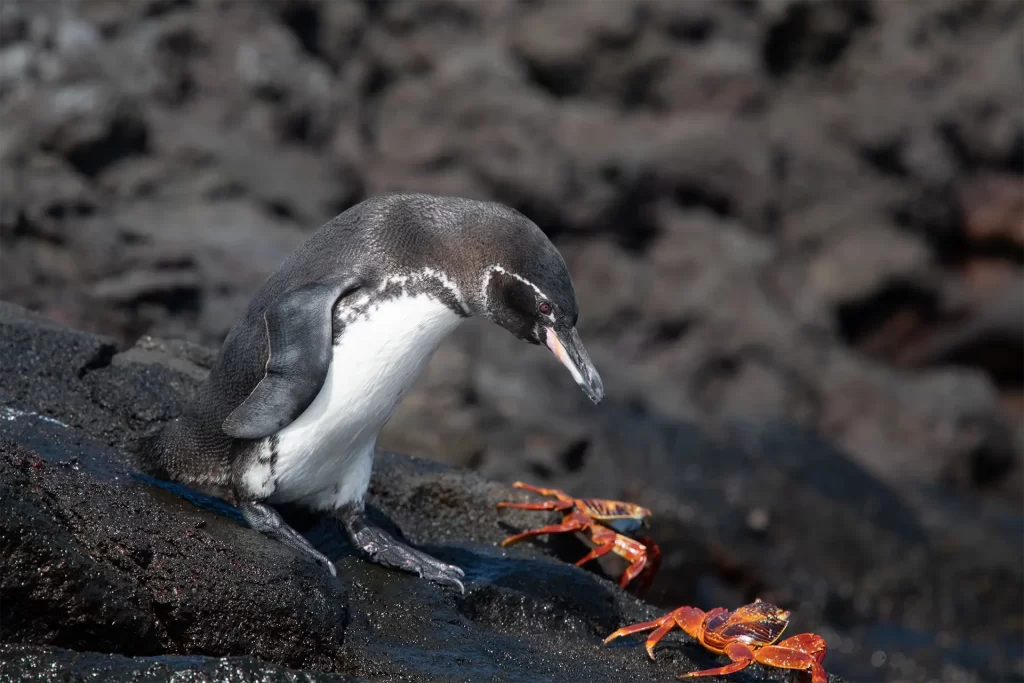
Many Galapagos bird species have special traits. These traits help them survive in their specific habitats. For example, Darwin’s finches have different beak shapes. Each beak helps a finch eat certain foods.
Penguins on the islands also show adaptation. The Galapagos Penguin uses cold ocean currents to stay cool. Their small size lets them move quickly through water and hunt fish easily.
Survival of the fittest is key on these islands.
Presence of endemic species
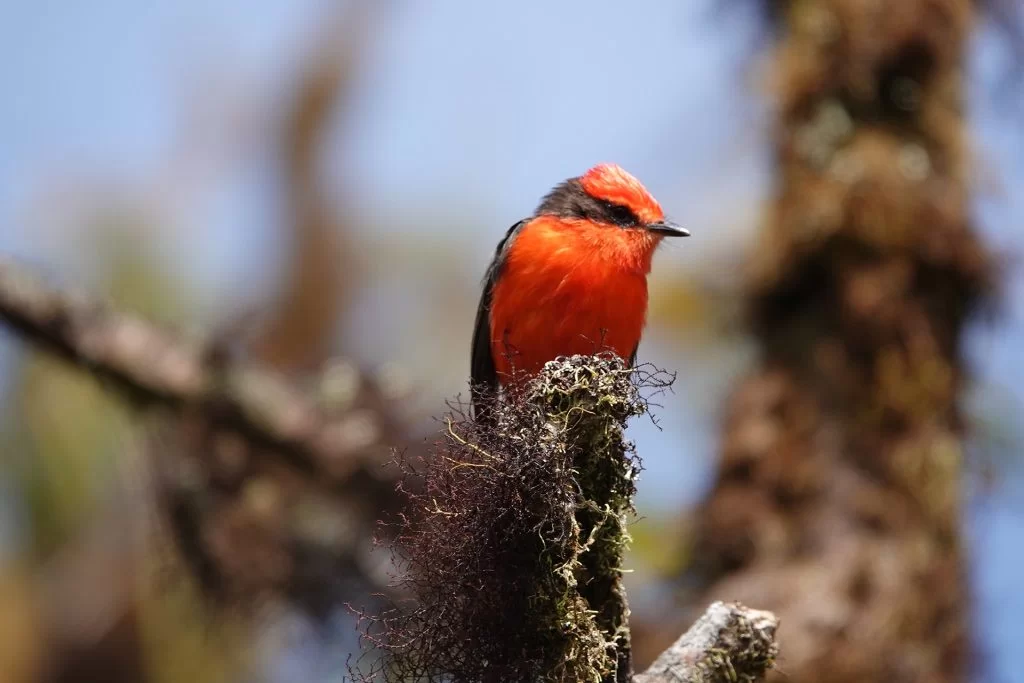
Galapagos birds have many endemic species. These are unique and only found on these islands. They adapted to the environment over time. For example, the Galapagos finches show how different species can evolve in one place.
Each island has its own set of distinctive birds. This includes rare species like the Flightless Cormorant and the Galapagos Penguin. These specialized birds thrive due to their adaptation skills.
No other place in the world hosts such a variety of indigenous birdlife.
Seasonal Behaviors of Galapagos Birds
During the mating season, many Galapagos birds engage in colorful displays and dances. Migration patterns change as some species fly to different islands or even other countries.
Mating, nesting, and migration behaviors
Galapagos birds show interesting seasonal behaviors. They include mating, nesting, and migration.
- Mating
- Birds court each other to find mates.
- Males often sing or dance to attract females.
- Species like the Blue-footed Booby do a special dance.
- Nesting
- Birds build nests for their eggs.
- Different species use different materials like sticks or feathers.
- The Waved Albatross builds nests on the ground.
- Egg laying
- Females lay eggs in nests.
- Some species lay one egg, while others can lay up to four.
- Hatching
- Eggs hatch after a specific period, usually weeks.
- Baby birds depend on parents for food.
- Brooding
- Parents keep the young warm by brooding them under their wings.
- Pair bonding
- Many birds form strong pair bonds during breeding season.
- Flocking
- Birds often fly in groups for safety and efficiency on long trips.
- Migration Behaviors
- Some birds leave the islands once breeding season ends.
- Migration helps find new feeding grounds during food scarcity times.
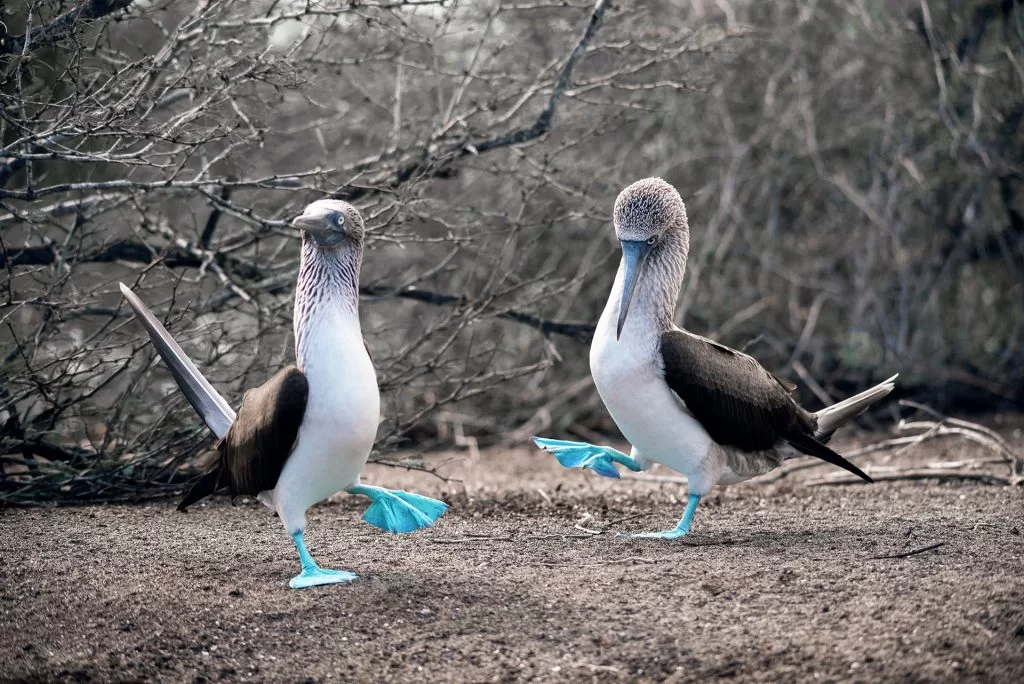
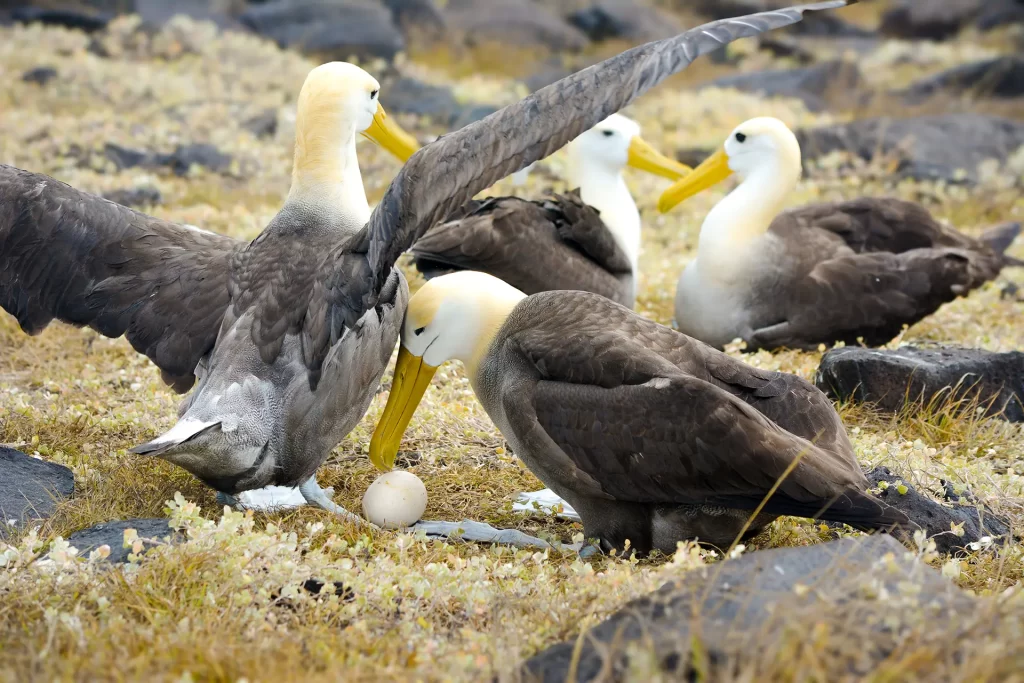

- Mating
- Birds court each other to find mates.
- Males often sing or dance to attract females.
- Species like the Blue-footed Booby do a special dance.
- Nesting
- Birds build nests for their eggs.
- Different species use different materials like sticks or feathers.
- The Waved Albatross builds nests on the ground.
- Egg laying
- Females lay eggs in nests.
- Some species lay one egg, while others can lay up to four.
- Hatching
- Eggs hatch after a specific period, usually weeks.
- Baby birds depend on parents for food.

- Brooding
- Parents keep the young warm by brooding them under their wings.
- Pair bonding
- Many birds form strong pair bonds during breeding season.
- Flocking
- Birds often fly in groups for safety and efficiency on long trips.
- Migration Behaviors
- Some birds leave the islands once breeding season ends.
- Migration helps find new feeding grounds during food scarcity times.
Identification and Birdwatching
Birdwatchers will enjoy spotting many unique bird species in the Galapagos Islands.
Availability of a guide for identifying bird species
A guide is available to help visitors identify their favorite Galapagos bird species. This bird identification guide includes pictures and descriptions of each bird. It makes identifying birds easy for both beginners and experts.
This handbook lists land and sea birds found on the islands. It serves as a helpful resource for any trip to the Galapagos. Using this book, visitors can enjoy birdwatching with ease and accuracy.
Land Birds
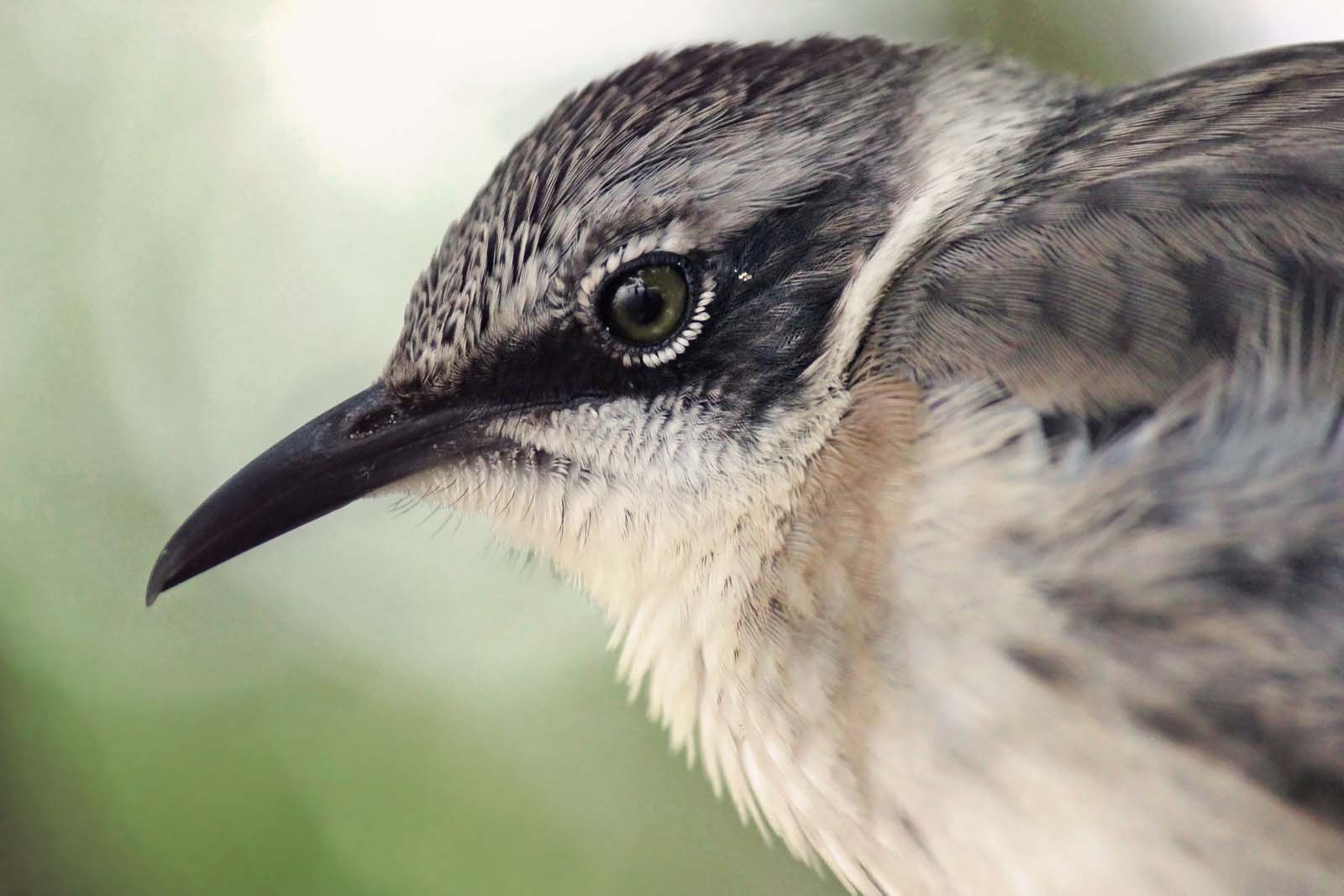
Land birds in the Galapagos Islands are unique. They adapted to their environment over time.
Sea Birds
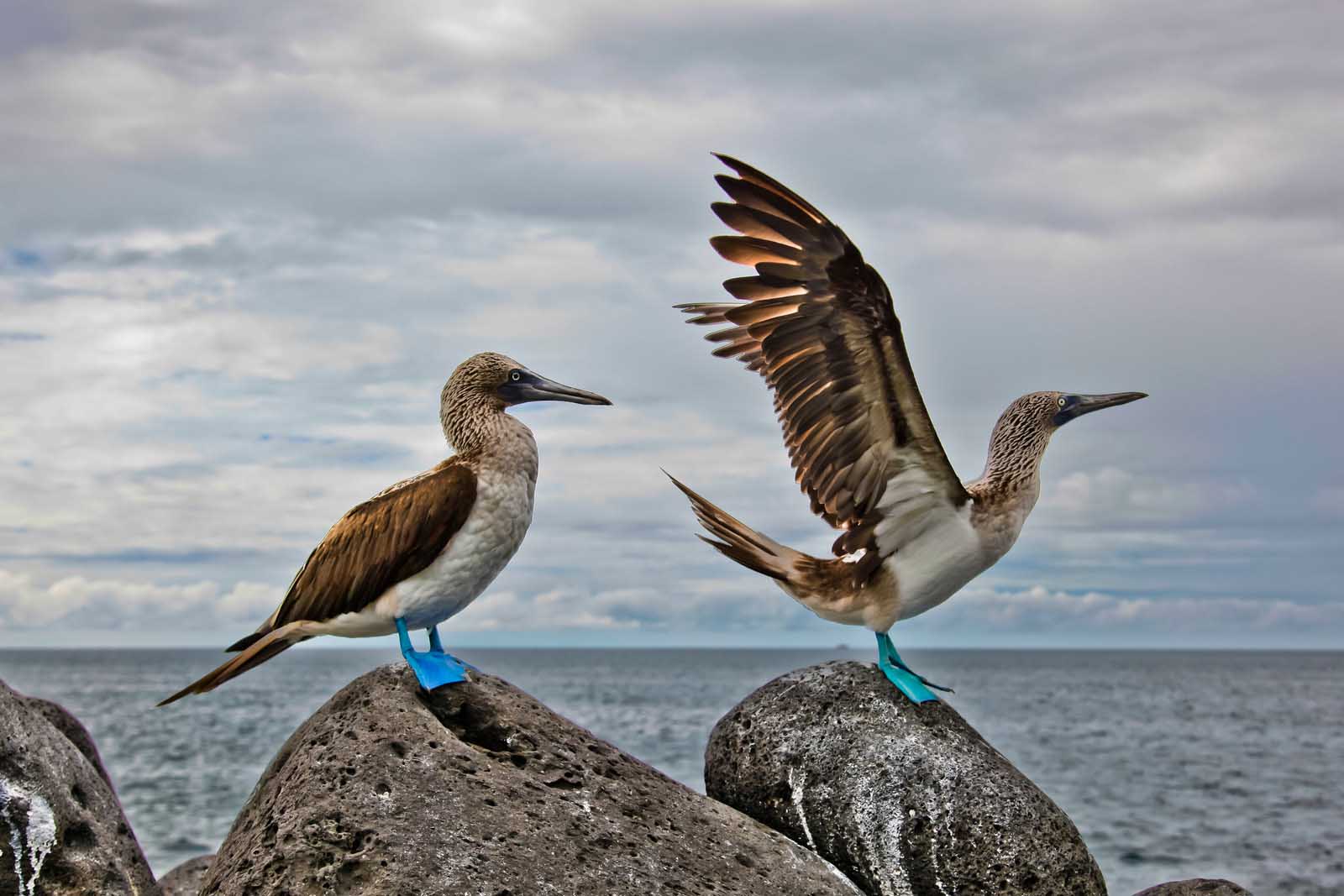
Sea birds are special in the Galapagos Islands. They attract birdwatchers from around the world.
Birdwatching Calendar
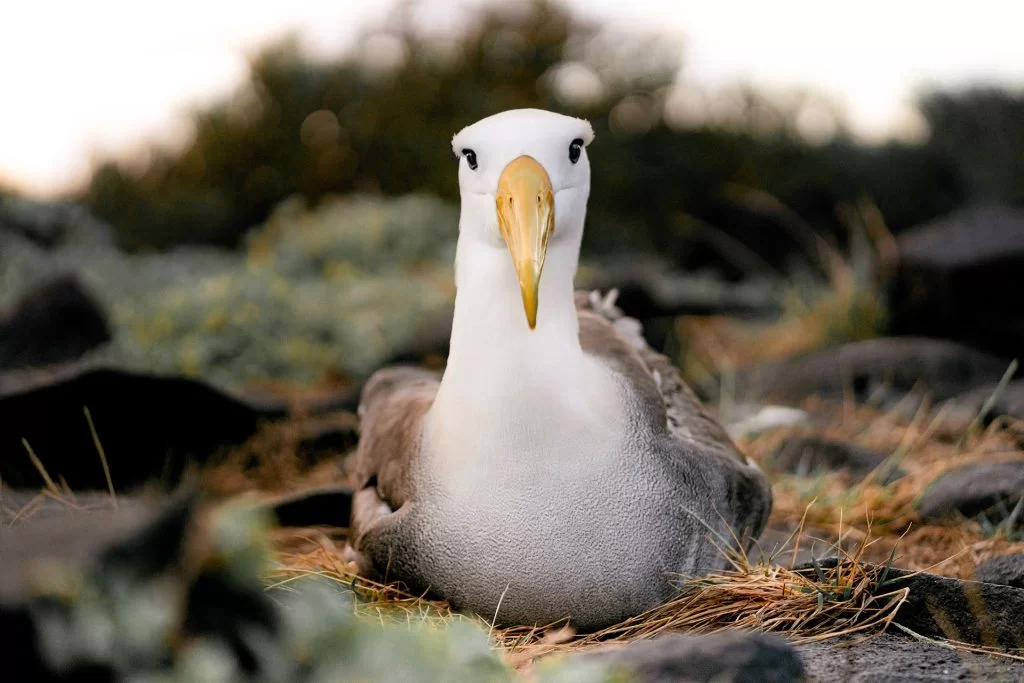
You can also enjoy Galapagos seabird watching throughout the year. Below is a birding calendar to help you plan your visit.
Experience Galapagos’ birdlife! Spot Darwin’s finches, blue-footed boobies, and other unique species across volcanic islands and lush highlands.
Galapagos birds are a true wonder. They show how nature adapts and thrives. Birdwatching in the Galapagos is an unforgettable experience. Plan your trip to see these unique avian species!
Frecuently Asked Questions
The Galapagos Islands are home to many unique species, including finches, mockingbirds, and flightless cormorants.
Galapagos birds are special because they have evolved unique traits due to isolation on the islands. This makes them different from mainland species.
Yes, you can see penguins in the Galapagos. The Galapagos Penguin is one of the smallest penguin species and lives near the equator.
Scientists study bird evolution by observing their behaviors, habitats, and physical changes over time. They also compare these birds to related species elsewhere.